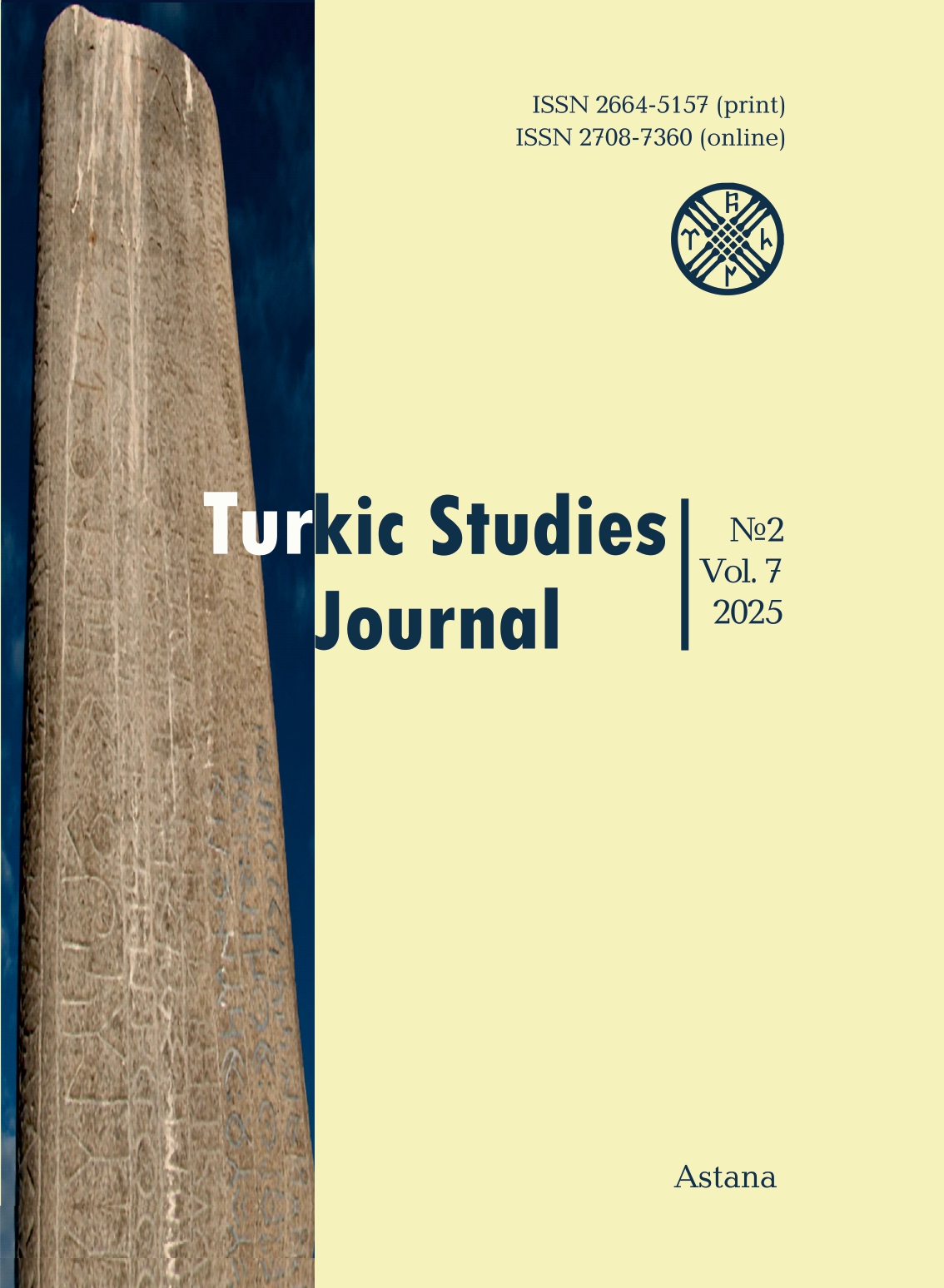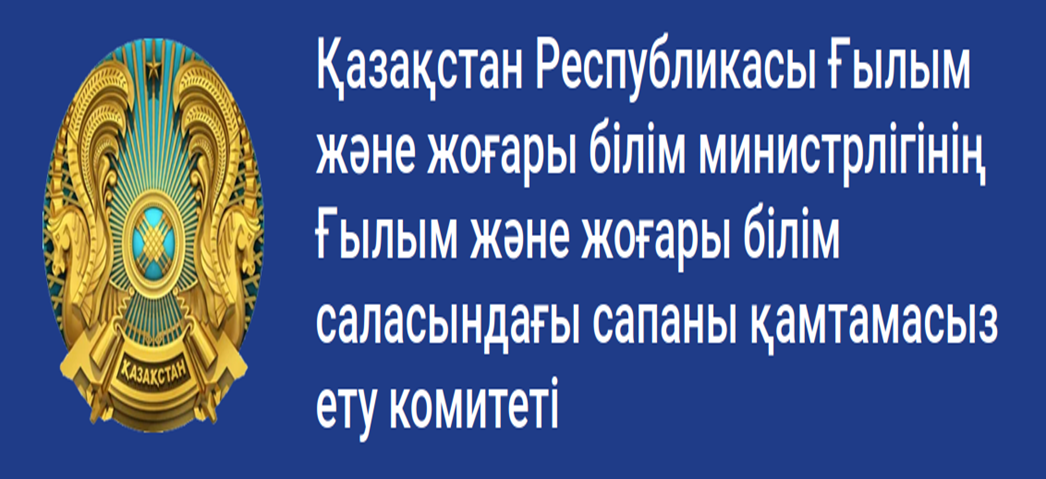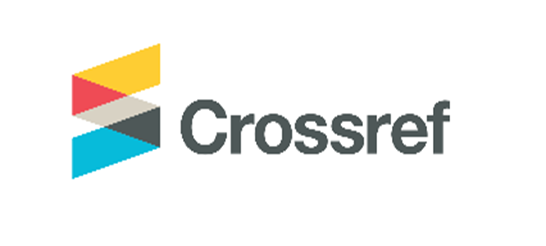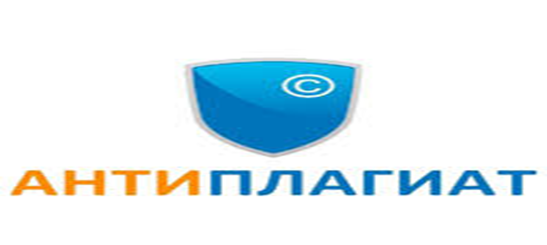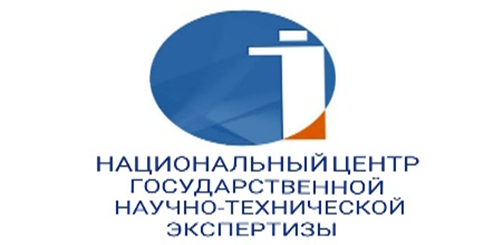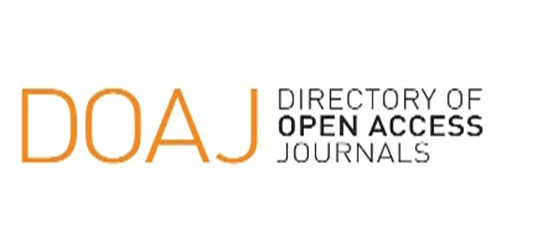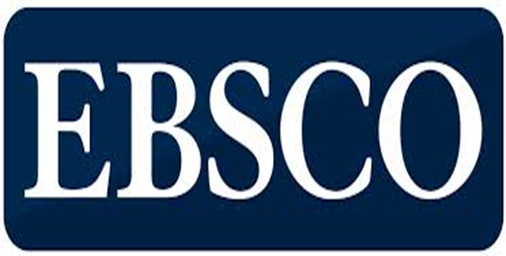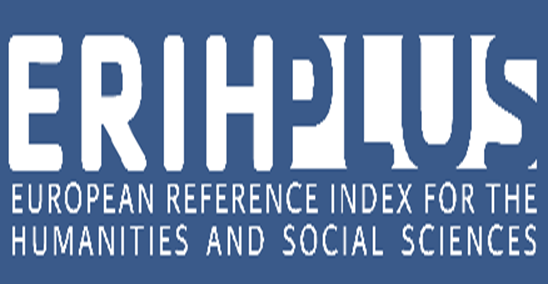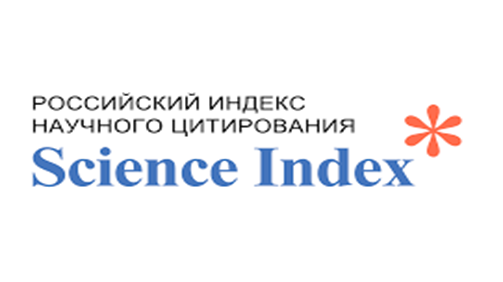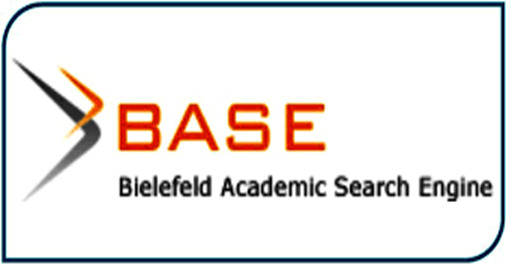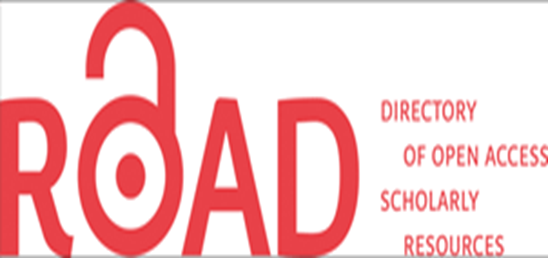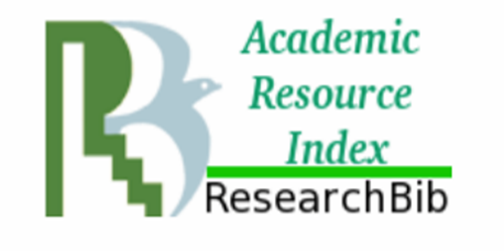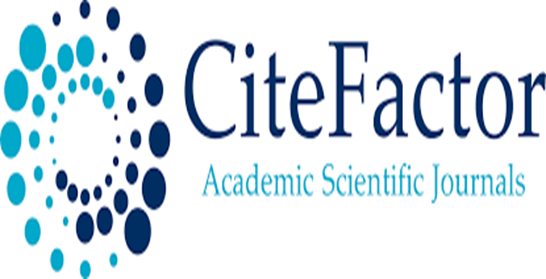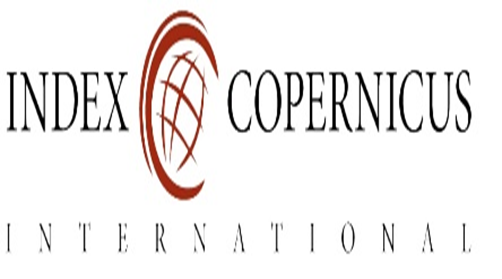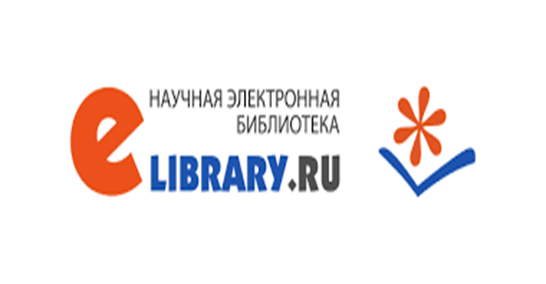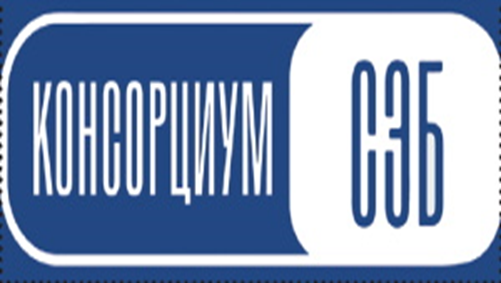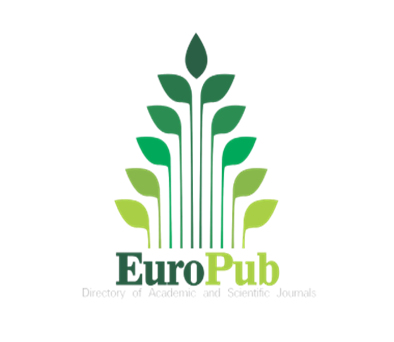Female demonic figures in Turkic mythology: the role and symbolism of Zhalmauyz Kempir, Albasty, Zheztyrnakh, Mystan Kempir, and Kuldyrgysh
Views: 380 / PDF downloads: 180
DOI:
https://doi.org/10.32523/2664-5157-2025-2-128-147Keywords:
Turkic mythology, demonic female figures, archetype, ritual, sacred functions, epic, folklore, chthonic beings, mediators between worlds, initiators of heroic trials, shamanic traditions, mythopoetic system.Abstract
This article examines female demonic figures in Turkic mythology, including Zhalmauyz Kempir, Albasty, Zheztyrnak, Mistan Kempir, and Kuldirgish. These figures possess a complex mythopoetic structure and perform essential ritualistic functions. They act as mediators between worlds, initiators of heroic trials, guardians of sacred knowledge, and embodiments of chthonic forces. Their ambivalent nature combining both destructive and protective qualities, highlights their liminal status within the mythological space. The research employs comparative-historical and structural-semiotic methodologies to analyze their roles within the Turkic mythological system and identify typological parallels with similar figures in other traditions (e.g., Baba Yaga, Lamia, and sirens). Special attention is given to the transformations of these figures under the influence of shamanic traditions, Islamization, and epic literature, revealing their adaptability to evolving cultural contexts. Findings demonstrate the resilience of these figures in mythopoetic traditions and their enduring relevance in contemporary folklore and media discourses. They remain central to mythological practices such as initiation rites ritual, protective rituals, and spirit exorcisms. These figures function as key carriers of collective mythological consciousness, embodying sacred femininity and serving as intermediaries between the human and supernatural realms.
In modern narratives, they continue to symbolize the sacred and the profane, order and chaos. Their interpretation in popular culture and adaptation within contemporary artistic contexts demonstrate their enduring connection to ancient traditions, while affirming their continued relevance within an evolving socio-cultural landscape. These figures assume new forms in cinema, literature, and digital folklore, where they persist as carriers of sacred knowledge, initiators of heroes, and mediators between worlds.
Additionally, the article examines the influence of these figures on the construction of female representations in contemporary popular culture, including fantasy literature, cinema, and video games. While their functions transform according to cultural context, their archetypal essence remains unchanged. This confirms their role within the collective unconscious, the resilience of traditional mythological structures, and their significance for the cultural identity of Turkic peoples.
Downloads
Reference
Абдразаков М.Т., 2022. Хтонические образы в тюркской мифологии: ритуалы, символика и гендерные аспекты. Астана: Евразийский гуманитарный университет. 250 с.
Абжетов Б., 2002. Мифологические аспекты казахского фольклора: структура и семантика. Алматы: Қазақ университеті. 210 с.
Айткожин Т.Р., 2021. Мифопоэтические архетипы и их трансформация в казахском фольклоре и литературе. Вестник ЕНУ им. Л.Н. Гумилёва. № 3. С. 65-81.
Ахметова Г.С., 2021. Трансформация женских мифологических образов в тюркской культуре: фольклорные и этнографические аспекты. Алматы: Изд-во КазНУ. 220 с.
Ақбузат, 1985. Башқұрт халқының батырлық жыры. Баспаға әзірл. Ф.Х. Нәбиуллин. Алматы: Жазушы. 176 б.
Бакытжанова А., 2022. Женские персонажи в тюркской мифологии: архетипы и трансформация. Алматы: Ғылым. 214 с.
Бекмуханов Е., 2022. Казахские эпосы и их связь с шаманскими практиками. НурСултан: Академия наук Казахстана. 295 с.
Жаксылыкова Д.Т., 2023. Демонология в казахском фольклоре: гендерные аспекты и культурная эволюция. Вестник Евразийского национального университета. № 2. С. 56-74.
Жакып Т., 2022. Генезис хтонических персонажей в эпосе казахов. Türk Dünyası Araştırmaları. № 3. С. 71-89.
Жирмунский В.М., 1979. Сравнительно-историческое изучение тюркского эпоса. Ленинград: Наука. 410 с.
Журакузиев Н.И., 2021. Модель мироустройства в литературе и фольклоре древних тюркских народов. Бишкек: Академия гуманитарных наук. 350 с.
Иванов В.В., Топоров В.Н., 1974. Исследования в области индоевропейской мифологии. Москва: Наука. 456 с.
Исмагулова Б.К., 2023. Демонологические персонажи в казахском фольклоре: хтонические сущности и их архетипическая природа. Алматы: Қазақ әдебиеті және фольклоры. 290 с.
Калиева М.С., 2022. Тюркская демонология и женские архетипы в фольклоре: хтонические страхи и медиативные сущности. Филология и мифология. № 4. С. 27-45.
Катанов Н., 1990. Сравнительный анализ мифологических мотивов. Москва: Наука. 320 с.
Қазақ халық ертегілері, 1985. Алматы: Жазушы. 300 б.
Қазақ батырлық жырлары, 2000. Құраст. С. Қасқабасов. Алматы: Жазушы. 280 б.
Қасқабасов С.А., 2017. Қазақтың халық прозасы. Алматы: Ғылым. 368 б.
Құламерген – Жоямерген, 1978. Қазақ халық эпостары. Алматы: Ғылым. 220 б.
Кэмпбелл Дж., 1997. Тысячеликий герой. Москва: София. 384 с.
Леви-Стросс К., 2001. Структурная антропология. Москва: Эксмо-Пресс. 512 с.
Мусабекова У.А., 2021. Образ женщины в мифе, фольклоре, тюркской литературе (на материале тюркской культуры). Алматы: Издательство КазНУ. 280 с.
Наурызбаева З.А., 2008. Мифопоэтика женских образов в тюркской культуре. Алматы: Дайк-пресс. 312 б.
Пропп В.Я., 2001. Морфология волшебной сказки. Москва: Лабиринт. 144 с.
Пропп В. Я. 1986. Исторические корни волшебной сказки. Ленинград: Изд-во ЛГУ. 364 с.
Пропп В. Я., 1928. Морфология сказки. Ленинград: Academia. 160 с.
Турсунова Г.А., 2021. Демонические образы в тюркской мифологии. Ташкент: Фан, 192 с.
Турсунова Л.К., 2021. Символика и архетипы в тюркской мифологии: гендерный и ритуальный контексты. Алматы: Қазақ университеті. 220 с.
Турсунов К.Н., 2021. Женская сакральность в казахском эпосе. Алматы: КазНПУ. 198 с.
Хакимзянова Д.Ф., Сабирова Р.Н., 2019. Образы Албасты, Бичура и Убырлы карчык в татарской мифологии: морфология, семантика и ритуальная функция. Казань: Казанский федеральный университет. 180.
Юнг К.Г., 2009. Архетипы и коллективное бессознательное. Москва: АСТ. 496 с.
REFERENCE
Abdrazakov M.T., 2022. Khtonicheskie obrazy v tyurkskoy mifologii: ritualy, simvolika i gendernye aspekty [Chthonic Images in Turkic Mythology: Rituals, Symbolism, and Gender Aspects]. Astana: Evraziyskiy gumanitarnyy universitet. 250 p. [in Russian].
Abzhetov B., 2002. Mifologicheskie aspekty kazakhskogo fol'klora: struktura i semantika [Mythological Aspects of Kazakh Folklore: Structure and Semantics]. Almaty: Qazaq universiteti. 210 p. [in Kazakh].
Aytkozhin T.R., 2021. Mifopoeticheskie arkhetipy i ikh transformatsiya v kazakhskom fol'klore i literature [Mythopoetic Archetypes and Their Transformation in Kazakh Folklore and Literature]. Vestnik L.N., Gumilyova, No. 3, pp. 65-81. [in Russian].
Akhmetova G.S., 2021. Transformatsiya zhenskikh mifologicheskikh obrazov v tyurkskoy kulture: fol'klornye i etnograficheskie aspekty [Transformation of Female Mythological Images in Turkic Culture: Folklore and Ethnographic Aspects]. Almaty: Izdatel'stvo KazNU. 220 p. [in Russian].
Akbuzat, 1985. Bashqurt khalqynyn batyrlik zhyry/Baspaga ázirlegen F.Kh. Nabiullin [Akbuzat: Heroic Epic of the Bashkir People / Compiled by F.Kh. Nabiullin]. Almaty: Zhazushy. 176 p. [in Kazakh].
Bakytyzhanova A., 2022. Zhenskie personazhi v tyurkskoy mifologii: arkhetipy i transformatsiya [Female Characters in Turkic Mythology: Archetypes and Transformation]. Almaty: Gylym. 214 p. [in Kazakh].
Bekmukhanov E., 2022. Kazakhskie eposy i ikh svyaz' s shamanskimi praktikami [Kazakh Epics and Their Connection with Shamanic Practices]. Nur-Sultan: Akademiya nauk Kazakhstana. 295 p. [in Russian].
Zhaksilykova D.T., 2023. Demonologiya v kazakhskom fol'klore: gendernye aspekty i kul'turnaya evolyutsiya [Demonology in Kazakh Folklore: Gender Aspects and Cultural Evolution].Vestnik Evraziyskogo natsional'nogo universiteta, No. 2, pp. 56-74. [in Kazakh].
Zhakyp T., 2022. Genezis khtonicheskikh personazhey v epose kazakhov [Genesis of Chthonic Characters in Kazakh Epics]. Türk Dünyası Araştırmaları, No. 3, pp. 71-89. [in Kazakh].
Zhirminsky V.M., 1979. Sravnitel'no-istoricheskoe izuchenie tyurkskogo eposa [Comparative-Historical Study of Turkic Epics]. Leningrad: Nauka. 410 p. [in Russian].
Zhurakuziev N.I., 2021. Model' miroustroystva v literature i fol'klore drevnikh tyurkskikh narodov [The Model of the World Order in the Literature and Folklore of Ancient Turkic Peoples]. Bishkek: Akademiya gumanitarnykh nauk. 350 p. [in Russian].
Ivanov V.V., Toporov V.N., 1974. Issledovaniya v oblasti indoevropeyskoy mifologii [Studies in Indo-European Mythology]. Moscow: Nauka. 456 p. [in Russian].
Ismagulova B.K. 2023. Demonologicheskie personazhi v kazakhskom fol'klore: khtonicheskie sushchnosti i ikh arkhetipicheskaya priroda [Demonological Characters in Kazakh Folklore: Chthonic Entities and Their Archetypal Nature]. Almaty: Qazaq adebieti zhane fol'klory. 290 p. [in Kazakh].
Kaliyeva M.S., 2022. Tyurkskaya demonologiya i zhenskie arkhetipy v fol'klore: khtonicheskie strakhi i mediativnye sushchnosti [Turkic Demonology and Female Archetypes in Folklore: Chthonic Fears and Mediative Entities]. Nauchnyy zhurnal "Filologiya i mifologiya", No. 4, pp. 27-45. [in Russian].
Katanov N. 1990. Sravnitel'nyy analiz mifologicheskikh motivov [Comparative Analysis of Mythological Motifs]. Moscow: Nauka. 320 p. [in Russian].Qazaq khalyq ertegilery, 1985. [Kazakh Folk Tales]. Almaty: Zhazushy. 300 p. [in Kazakh].
Qazaq batyrlik zhyrlary, 2000. Qurast. S. Qasqabasov [Kazakh Heroic Epics. Comp. by S. Qasqabasov]. Almaty: Zhazushy. 280 p. [in Kazakh].
Qasqabasov S.A., 2017. Qazaqtyn khalyq prozasy [Kazakh Folk Prose]. Almaty: Gylym. 368 p. [in Kazakh].
Qulamergen – Zhoiamergen, 1978. Qazaq khalyq epostary [Qulamergen — Zhoiamergen: Kazakh Folk Epics]. Almaty: Gylym. 220 p. [in Kazakh].
Kempbell J., 1997. Tysyachelikiy geroy [The Hero with a Thousand Faces]. Moscow: Sofiya. 384 p. [in English].
Levi-Strauss C., 2001. Strukturnaya antropologiya [Structural Anthropology]. Moscow: Eksmo-Press. 512 p. [in Russian].
Musabekova U.A., 2021. Obraz zhenshchiny v mife, fol'klore, tyurkskoy literature (na materiale tyurkskoy kul'tury) [The Image of Woman in Myth, Folklore, and Turkic Literature (Based on Turkic Cultural Material)]. Almaty: KazNU Publishing. 280 p. [in Russian].
Nauryzbayeva Z.A., 2008. Mifopoetika zhenskikh obrazov v tyurkskoy kulture [Mythopoetics of Female Images in Turkic Culture]. Almaty: Daik-press. 312 p. [in Kazakh].
Propp V.Ya., 2001. Morfologiya volshebnoi skazki [Morphology of the Folktale]. Moscow: Labirint. 144 p. [in Russian].
Propp V.Ya., 1986. Istoricheskie korni volshebnoi skazki [The Historical Roots of the Fairy Tale]. Leningrad: Izdatel'stvo LGU. 364 p. [in Russian].
Propp V.Ya., 1928. Morfologiya skazki [Morphology of the Tale]. Leningrad: Academia. 160 p. [in Russian].
Tursunova G.A., 2021. Demonicheskie obrazy v tyurkskoy mifologii [Demonic Images in Turkic Mythology]. Tashkent: Fan. 192 p. [in Russian].
Tursunova L.K., 2021. Simvolika i arkhetipy v tyurkskoy mifologii: gendernyy i ritual'nyy konteksty [Symbols and Archetypes in Turkic Mythology: Gender and Ritual Contexts]. Almaty: Qazaq universiteti. 220 p. [in Russian].
Tursunov K.N., 2021. Zhenskaya sakral'nost' v kazakhskom epose [Female Sacredness in Kazakh Epic]. Almaty: KazNPU. 198 p. [in Russian].
Khakimzyanova D.F., Sabirova R.N., 2019. Obrazy Albasty, Bichura i Ubyrly karchyk v tatarskoy mifologii: morfologiya, semantika i ritual'naya funktsiya [Images of Albasty, Bichura and Ubyrly Karchyk in Tatar Mythology: Morphology, Semantics and Ritual Function]. Kazan: Kazan Federal University. 180 p. [in Russian].
Jung C.G., 2009. Arkhetipy i kollektivnoe bessoznatel'noe [Archetypes and the Collective Unconscious]. Moscow: AST. 496 p. [in Russian].
Downloads
Published
How to Cite
Issue
Section
License
Copyright (c) 2025 Turkic Studies Journal

This work is licensed under a Creative Commons Attribution-NonCommercial 4.0 International License.

